In celebration of Buwan ng Wika (Month of the Filipino Language), we are sharing the modern tale of the Filipino word, tsaá.
Tsaá defines half of our brand name and our proud Fillipino identity. Tsaa Laya, comes from two Filipino words: tsaa, which means “tea” and, laya, which means “free” - the base word for freedom (kalayaan). Combining these two words, tsaá laya means “tea for [economic] freedom”. It’s a fitting phrase for our mission as a social enterprise: to employ herbal tea as a livelihood pathway for mothers and women of families, which were resettled from Manila to the countryside due to city zoning and typhoon disasters.
Tsaá, is connected to the larger global history of the word, “tea”. Tea can be considered one of the most preserved words in the world. Except for minor exceptions, there are only two ways to say the word “tea”: te or cha, both terms originating from China.
According to studies, the word, te, travelled westward of the globe primarily through Dutch sea trading. We can see the adoption of te by most Western countries such as thé (French), tee (German) and tea (English).
Meanwhile, the term, cha, spread out from the Canton area to almost all parts of Asia. 2000 years ago, tea was traded out of China as a precious commodity through land routes, such as the Silk Road. “Cha” has been adopted as shay (Arabic), chay (Russian) and ochá (Japanese).
The Filipino tsaá is a clear adoption of the Cantonese term, cha. We can only speculate that the early Chinese traders, who settled in the Philippines before Spanish colonization, introduced this term.

Mysteriously, the word tsaá is evolving beyond its original foreign meaning. Tea is defined as a beverage made by infusing hot water or boiling the plant Camellia Sinensis (a plant which the Philippines has not developed into an agricultural industry). In contrast to the meaning of tea, tsaá has been used by Filipinos as a general term for any hot beverage made by infusing or boiling any plant parts, particularly leaves or roots. In short, some Filipinos are interpreting tsaá as an herbal infusion rather than tea.

As we have observed in our livelihood work in the Cordillera region, the locals came up with itsá as their localized counterpart term for tsaá. How did the term itsá emerge despite the absence of any tea plant industry in this mountain region? Interestingly, the indigenous people in this region resort to the term itsá when generally referring to their infusion drinks, rather than calling them by the local plants used, such as ladew (Decaspermum fruticosum), gipah (Sarcandra glabra) and banai (Smillax china)
The tale of tsaá shows how dynamic every language is, and how language itself acts as the storyteller. As seen in the changing relationships of the word tsaá to its foreign word origin (tea) and to its local translation (itsá), language is a bearer of history and multiple realities.
Do you have a different, local word for tea? Please share it with us and help us enrich the continuing story of our Fiipino word, tsaá.

Source:
Victor H. Mair and Erling Hoh (2009). The True History of Tea. Thames & Hudson. pp. 262–264
Leonard L. Co (1989). Common Medicinal Plants of the Cordillera Region. Community Health Education, Services and Training in the Cordillera Region (CHESTCORE)
https://qz.com/1176962/map-how-the-word-tea-spread-over-land-and-sea-to-conquer-the-world/
https://en.wikipedia.org/wiki/Etymology_of_tea
https://www.merriam-webster.com/dictionary/tea

